On Sunday, June 10th, the four of us drove to Hyde Park to visit Springwood, Franklin Delano Roosevelt’s birthplace, family home, and burial site, and now a national historic site. There is no way I can describe how fascinating this tour was. We all know FDR from our history classes, but with our guide Dimitri’s knowledge and obvious enthusiasm about the time period and FDR, the dry history of schoolbooks became personal with anecdotes and stories.

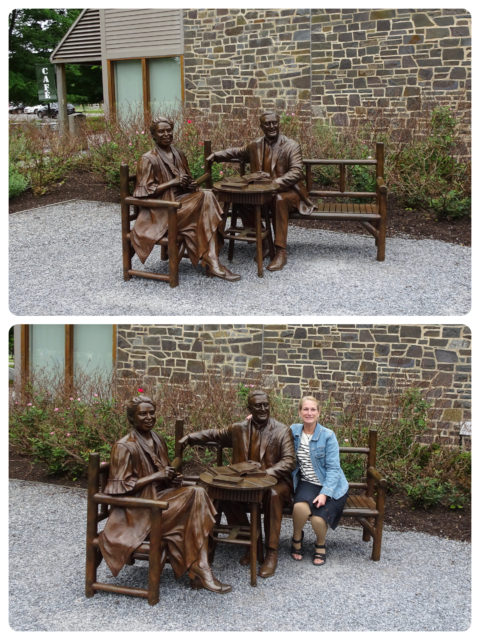
Franklin Delano Roosevelt grew up in a wealthy family, a privileged only child, but embraced public service. Elected as our 32nd President (1933-1945) his leadership through four terms covered two of our nation’s darkest times, the Great Depression and World War II.
Although FDR considered it his home and traveled there often, it was Sara Delano Roosevelt, FDR’s mother, who was in charge of Springwood. The house is decorated in a very dark style and feels somewhat oppressive, but the stories that Dimitri told made it all come alive.

Top left – FDR’s birth room and childhood bedroom
Bottom left to right – the “chintz bedroom and the Roosevelts’s bedroom.
In the summer of 1921, at the age of 39, he was stricken with polio. Most people know this, but I was unaware of the background story. Although Roosevelt spent the next seven years working at his rehabilitation, he never fully regained the use of his legs. Usually confined to a wheelchair, but determined to hide his disability from the public, Roosevelt could simulate walking with the aid of braces, crutches, and the steady arm of one of his sons.
FDR personally designed his simple wheelchair of an armless chair seat and wheels. Smaller than standard wheelchairs of the day, it could negotiate more easily through narrow halls and doorways.

This was an all-out Roosevelt day so we headed to Val-Kill Cottage after lunch. Eleanor Roosevelt with two friends established an experimental furniture factory at Val-Kill, Val-Kill Industries, to employ local farming families in handcraft traditions. A small year-round cottage was built on the grounds and the Roosevelts used that as a more casual setting for entertaining family, friends, political associates, and world leaders. After FDR’s death in 1945 Eleanor used Val-Kill Cottage as her primary residence.
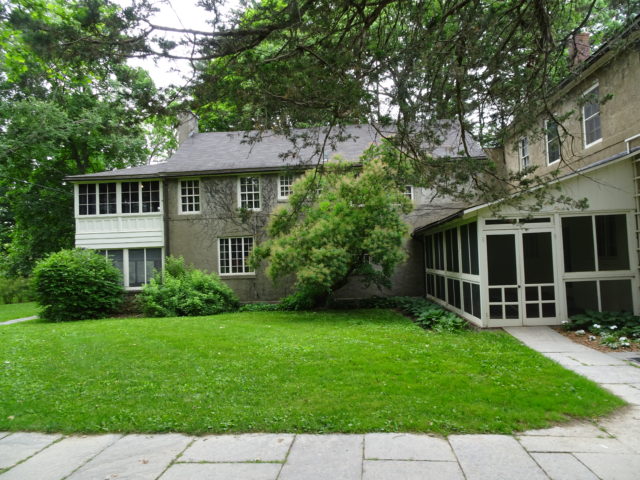

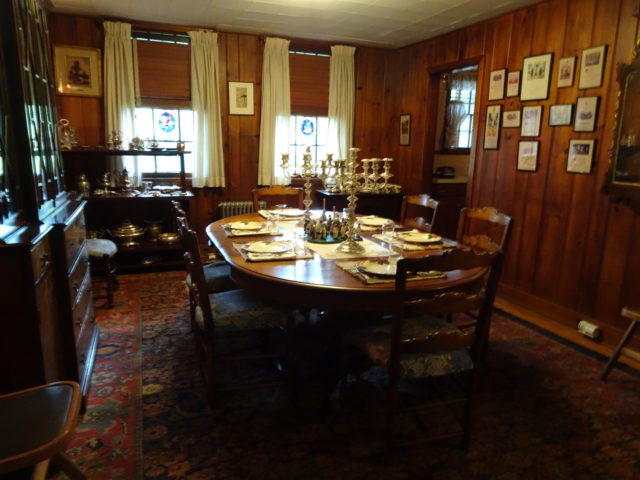

The only National Historic Site dedicated to a first lady, not because she was first lady but because of her dedication and accomplishments for human rights, children’s causes and women’s issues. She served as a delegate to the United Nations General Assembly, from 1945 to 1953, the chair of the U.N.’s Human Rights Commission and helped to write the Universal Declaration of Human Rights—an effort that she considered to be her greatest achievement.
I was so taken with the human side of these two historical figures that I wanted to know more, especially against the backdrop of that time period. Dimitri recommended the book, No Ordinary Time by Doris Kearns Goodwin as a good place to start.
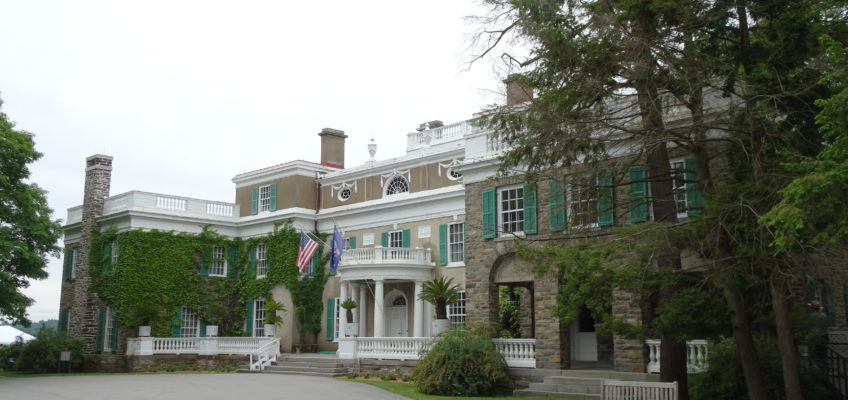
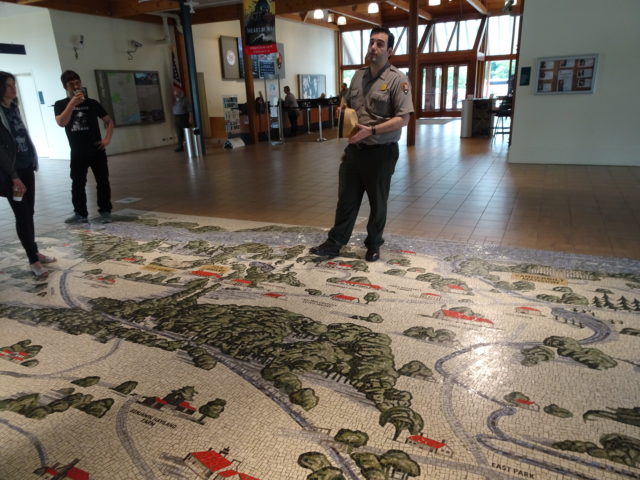
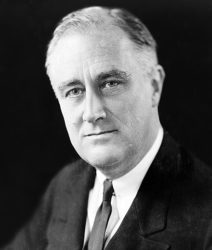

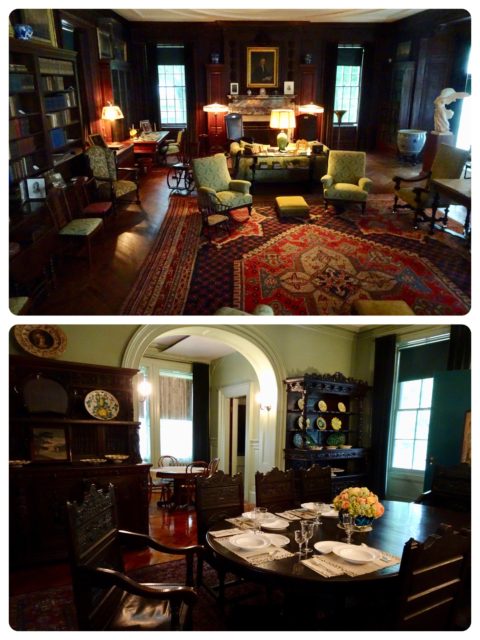
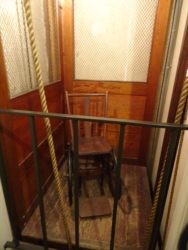

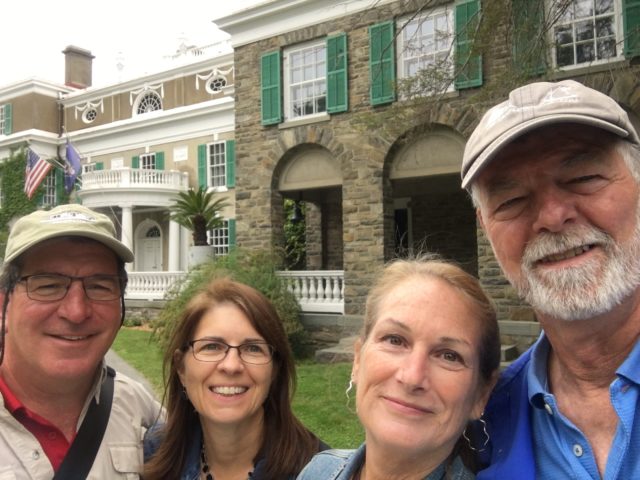
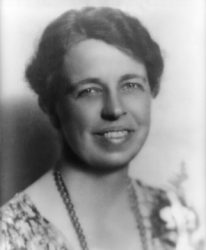
Leave a Reply